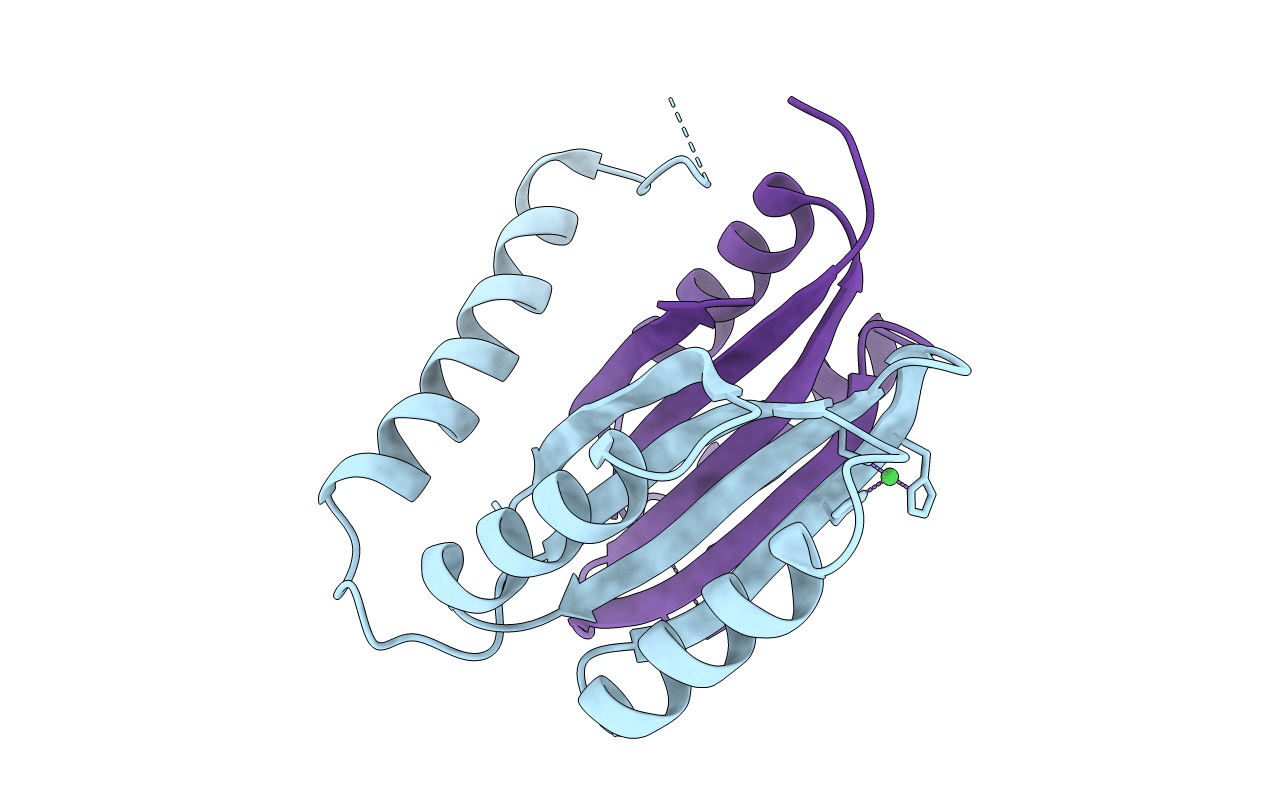
Deposition Date
2010-11-04
Release Date
2011-11-23
Last Version Date
2023-09-06
Entry Detail
PDB ID:
3PHT
Keywords:
Title:
Crystal structure of H74A mutant of Helicobacter Pylori NikR
Biological Source:
Source Organism:
Helicobacter pylori (Taxon ID: 210)
Host Organism:
Method Details:
Experimental Method:
Resolution:
2.04 Å
R-Value Free:
0.22
R-Value Work:
0.19
R-Value Observed:
0.19
Space Group:
P 43 21 2


